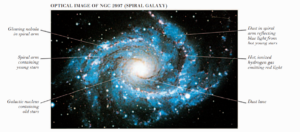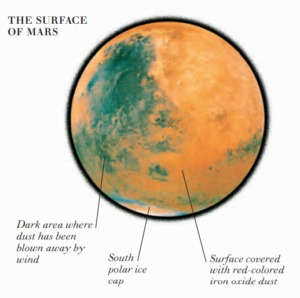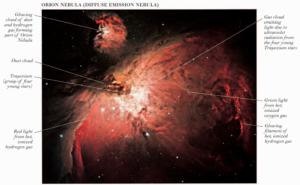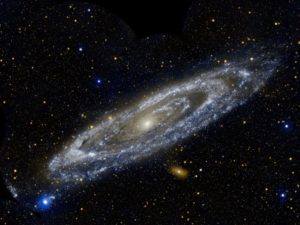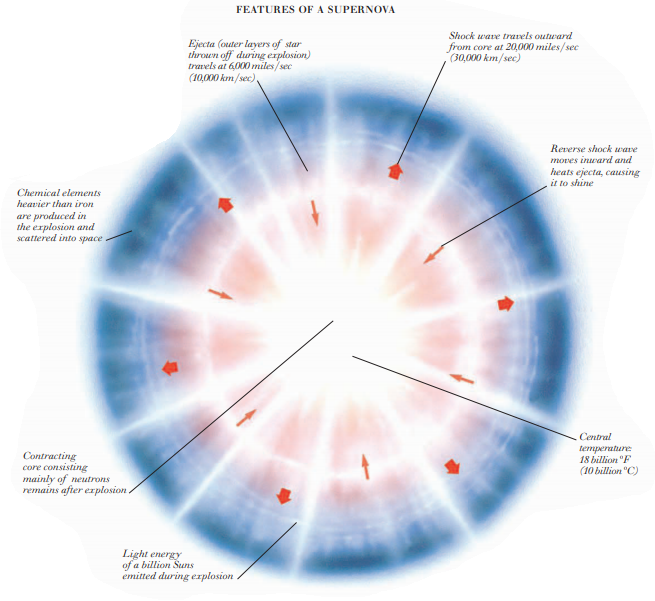
MASSIVE STARS HAVE A MASS AT LEAST THREE TIMES that of the Sun and some stars are as massive as about 50 Suns. A massive star evolves in a similar way to a small star until it reaches the main sequence stage. During its life as a main-sequence star, it shines steadily until the hydrogen in its core has fused to form helium. This process takes billions of years in a small star, but only millions of years in a massive star. A massive star then becomes a red supergiant, which initially consists of a helium core surrounded by outer layers of cooling, expanding gas.
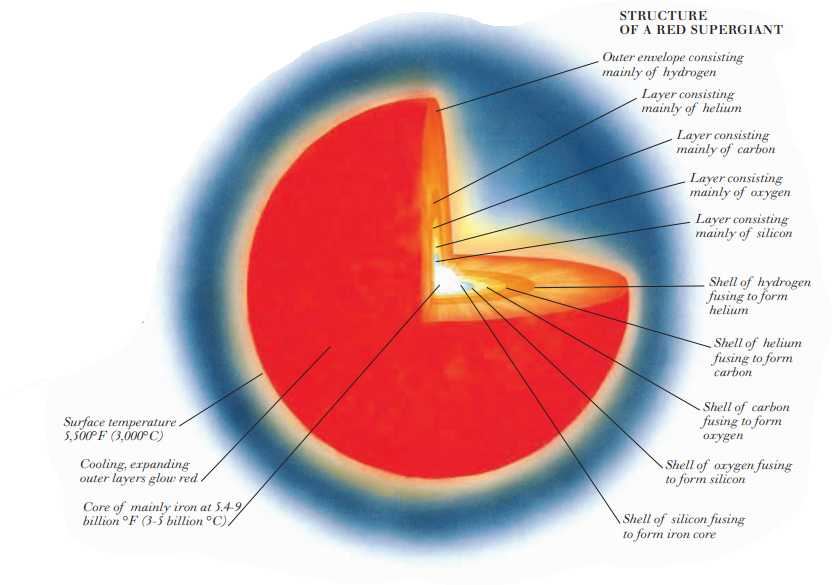
Over the next few million years, a series of nuclear reactions form different elements in shells around an iron core. The core eventually collapses in less than a second, causing a massive explosion called a supernova, in which a shock wave blows away from the outer layers of the star. Supernovae shine brighter than an entire galaxy for a short time. Sometimes, the core survives the supernova explosion. If the surviving core is between about one and a half and three solar masses, it contracts to become a tiny, dense neutron star. If the core is greater than three solar masses, it contracts to become a black hole.




